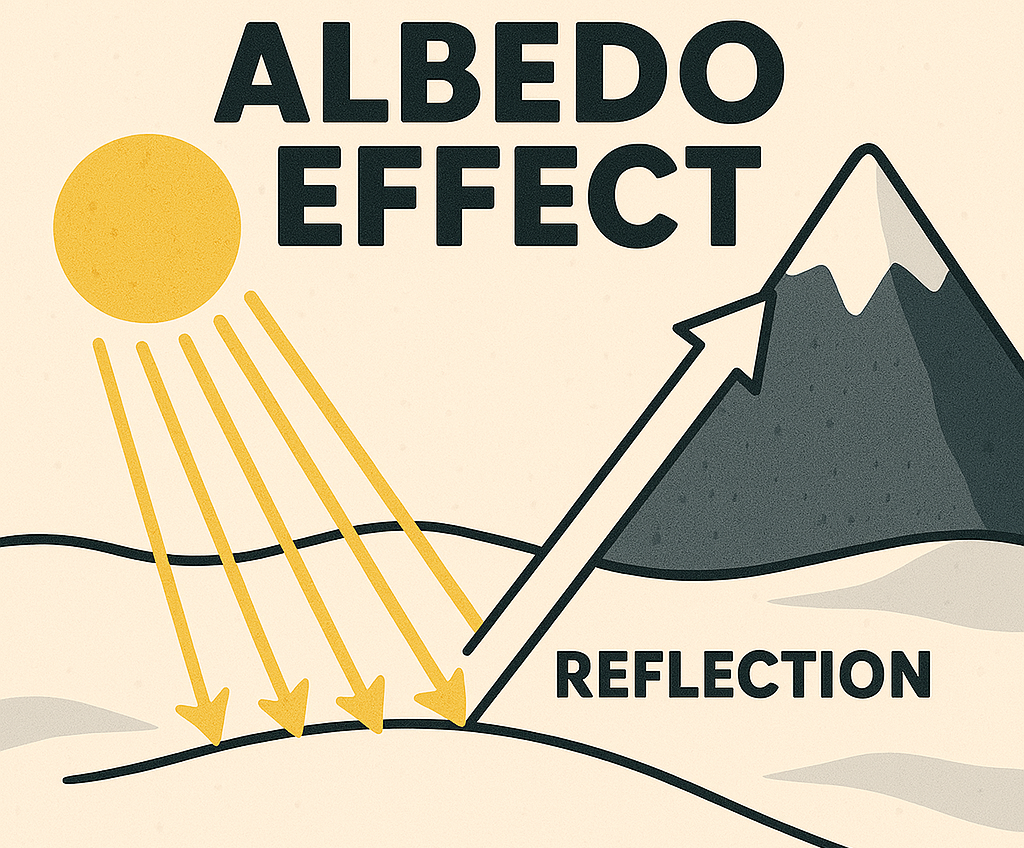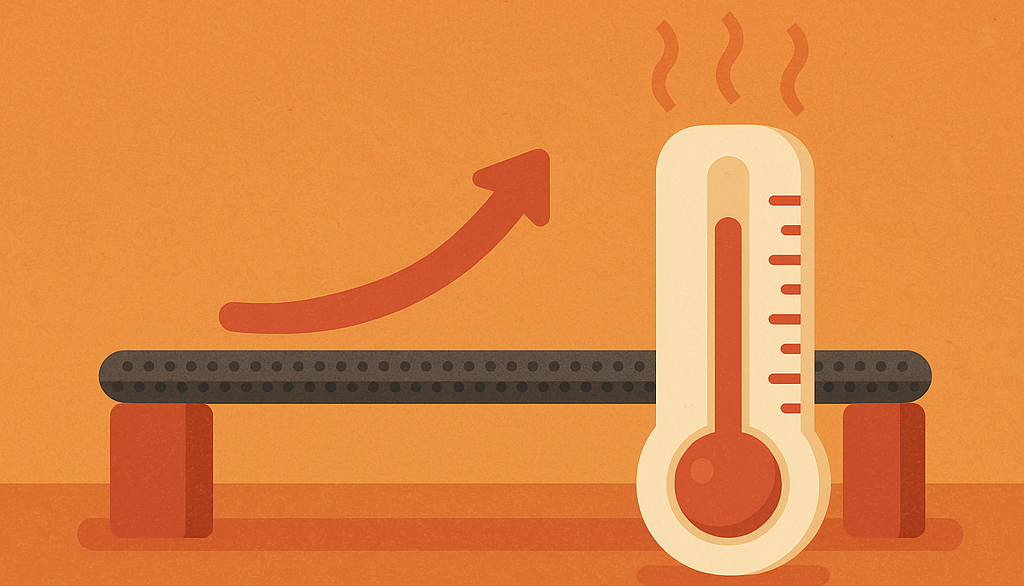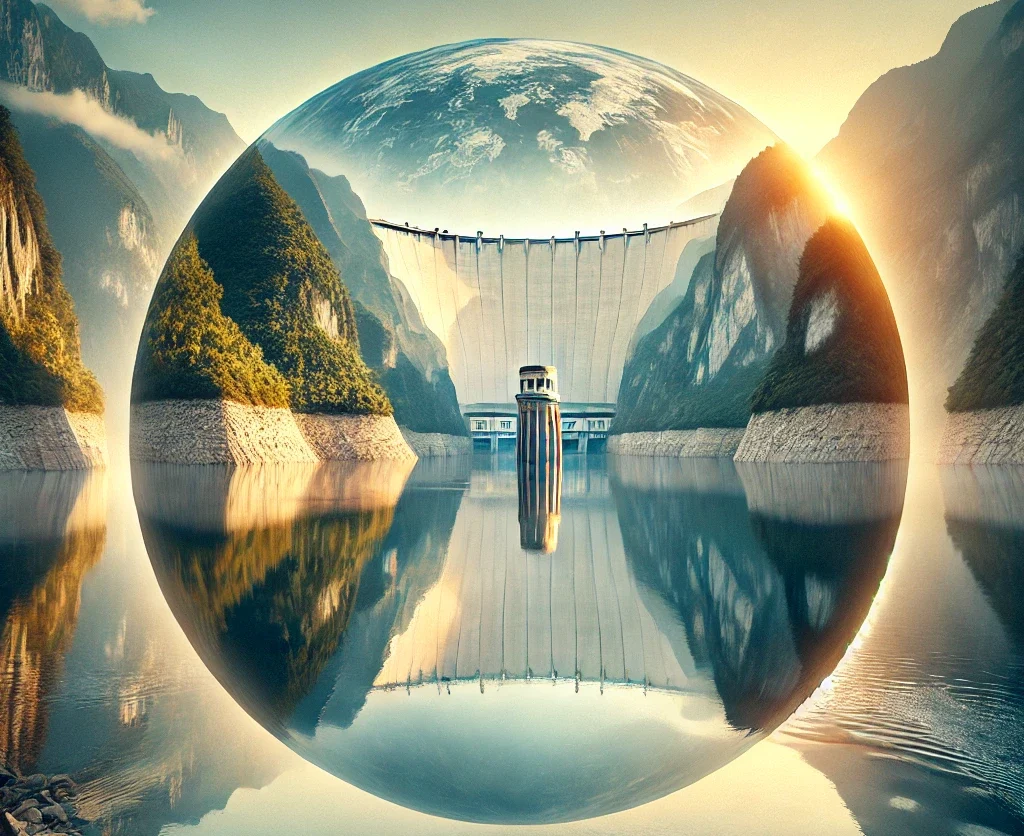
You’ve probably scrubbed a slimy layer off your teeth in the morning or slipped on a gooey patch in your shower drain. That slippery gunk is likely a biofilm — a community of microorganisms, like bacteria and fungi, that stick to surfaces and each other in a slimy, self-produced coating. While they may seem gross or harmless, biofilms are surprisingly complex and can have big implications for health, industry, and the environment.
Unlike free-floating bacteria, microbes in a biofilm act more like a society. They communicate, coordinate, and build a protective shield around themselves made of sugars, proteins, and DNA. This makes them incredibly resistant to antibiotics and disinfectants. In hospitals, biofilms can form on implants and wounds, making infections harder to treat and more dangerous. In fact, the CDC (The Centers for Disease Control and Prevention) estimates that over 65% of microbial infections involve biofilms in some way.
But biofilms aren’t always villains. They also show up in nature doing helpful work. For instance, biofilms help break down waste in sewage treatment plants and support ecosystems in rivers and oceans. Even the slimy layer on rocks in streams is a biofilm hard at work cycling nutrients. Scientists are now exploring ways to harness biofilms to create bio-based materials, clean up oil spills, or even build bio-batteries.
Finally, these hidden microbial cities may be microscopic, but they’re powerful, persistent, and shaping more of our world than we realize.
RELATED POSTS
View all


